The pros and cons of 8 different types of running surfaces
We run you through the highs and lows of running on surfaces, from gravel and grass to roads and sand, plus the best shoes for each type
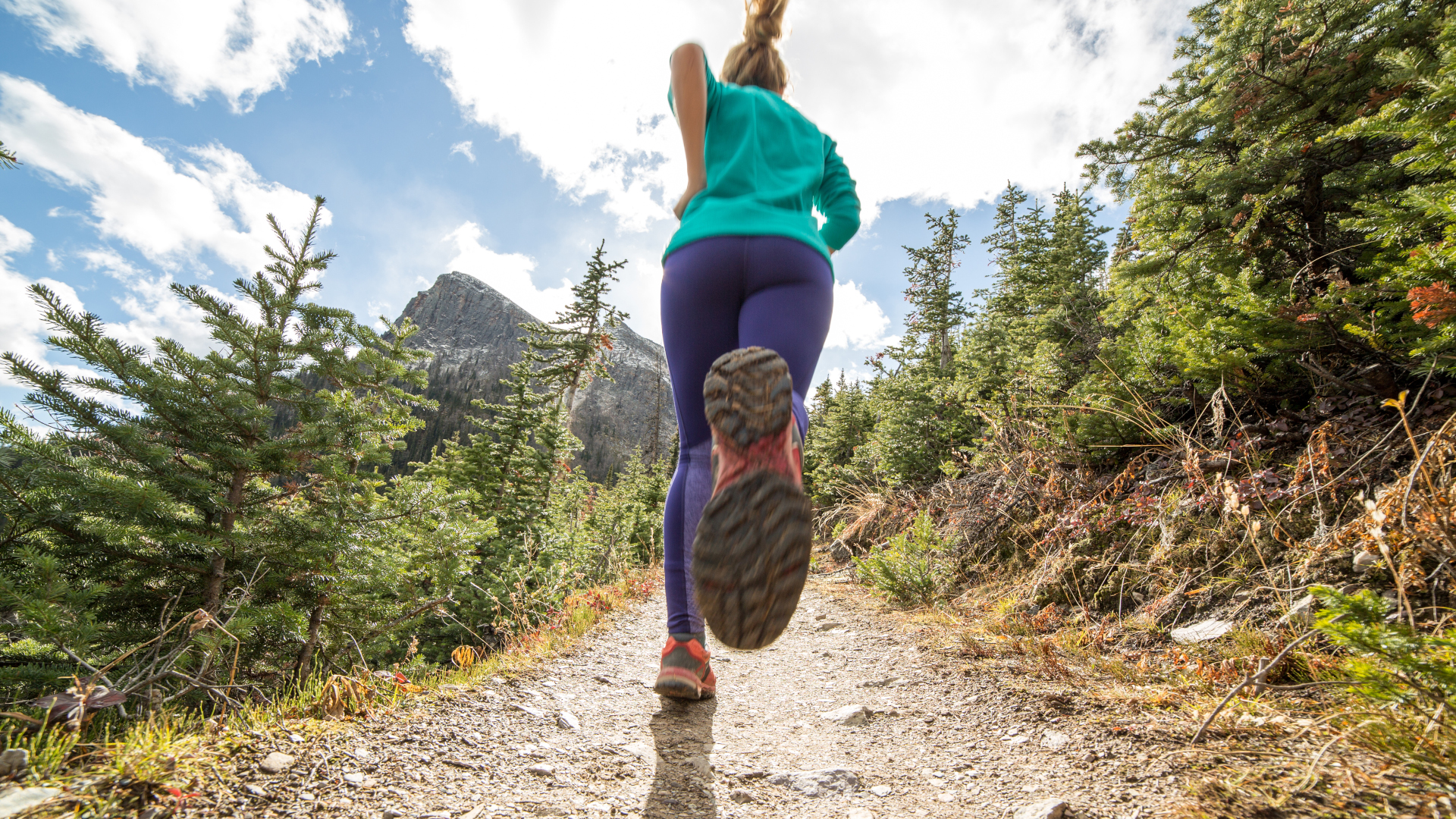
You’ve heard about the different types of running workouts where you switch up elements like your pace to improve your technique and become a better runner – but what about changing up your running surface? You might think of yourself as “just” a trail runner or a road runner, but there are loads of different surfaces out there to choose from that can test your limits and require different muscles, mental power and approaches. Oh, and shoes.
Varying the surface that you run on can be a great training tool and it also adds some diversity to your training, giving you new views and a fresh perspective. That said, each surface provides unique challenges as well as benefits, so read on to discover what’s so great about the eight main running surfaces you’ll encounter on your fast-paced adventures, the downsides of each one and the best type of running shoes to help you achieve success on the run.
Road
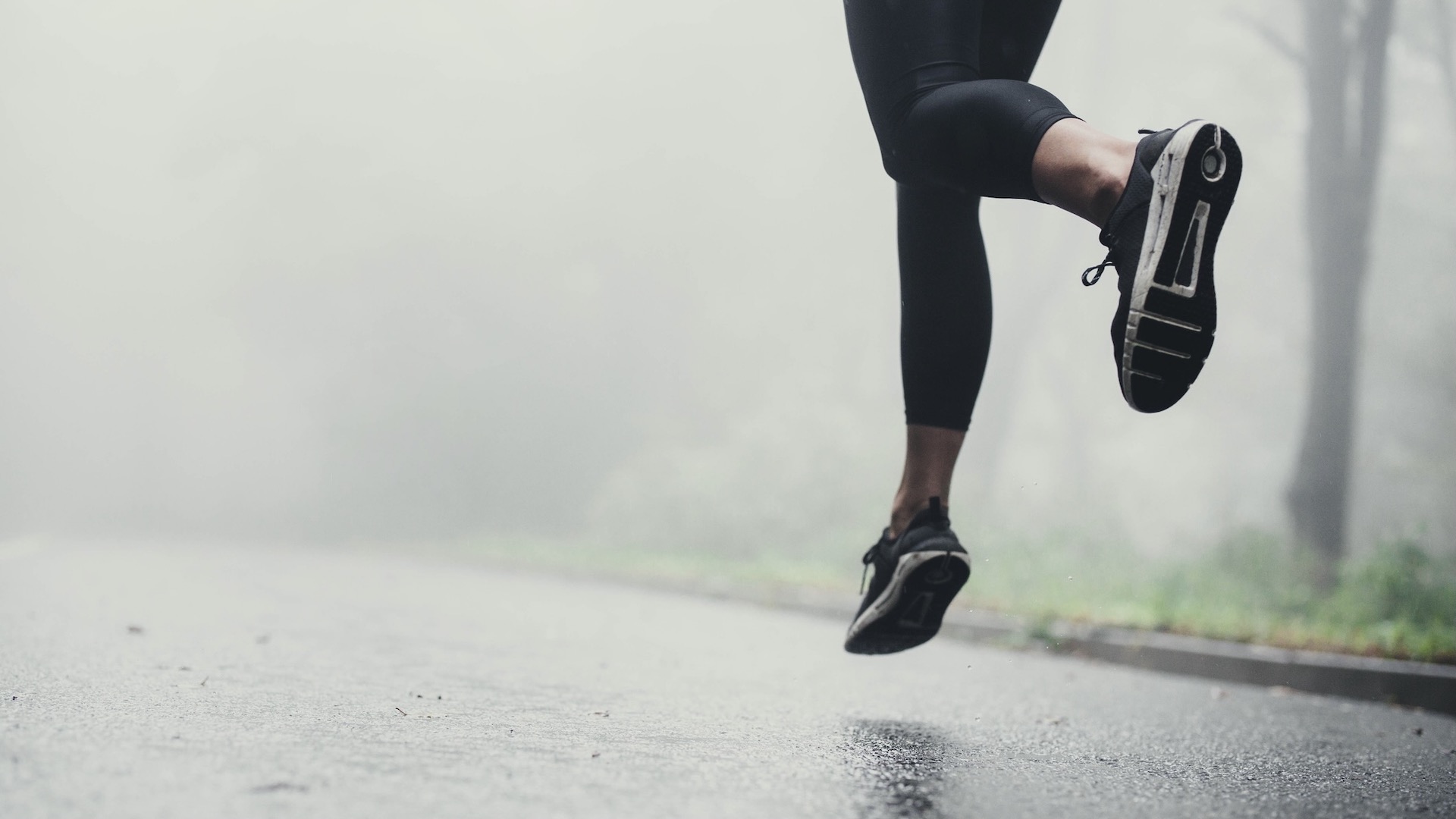
Whether it’s asphalt or tarmac, road running is easily one of the most common and convenient ways to pick up the pace. Whether you’re at home, the office or on vacation, you can always head out the door and hit the road running.
- Pros: The firm surface makes for a very responsive ride and roads are usually pretty smooth and even for a faster pace. It’s also available pretty much everywhere except in the backcountry.
- Cons: This is the hardest surface out there, which means your ankles, knees, hips and spine absorb more impact than on a soft surface. Rain and ice can make roads treacherous. Also, roads usually mean cars, so there are other safety issues at play when it comes to road running. It’s safer to find recreation paths that are free of motorized vehicles.
- Best shoes for road running: If you find that tarmac puts pressure on your knees, try something with a plush cushioned midsole like the Hoka Mach 5.
Treadmill
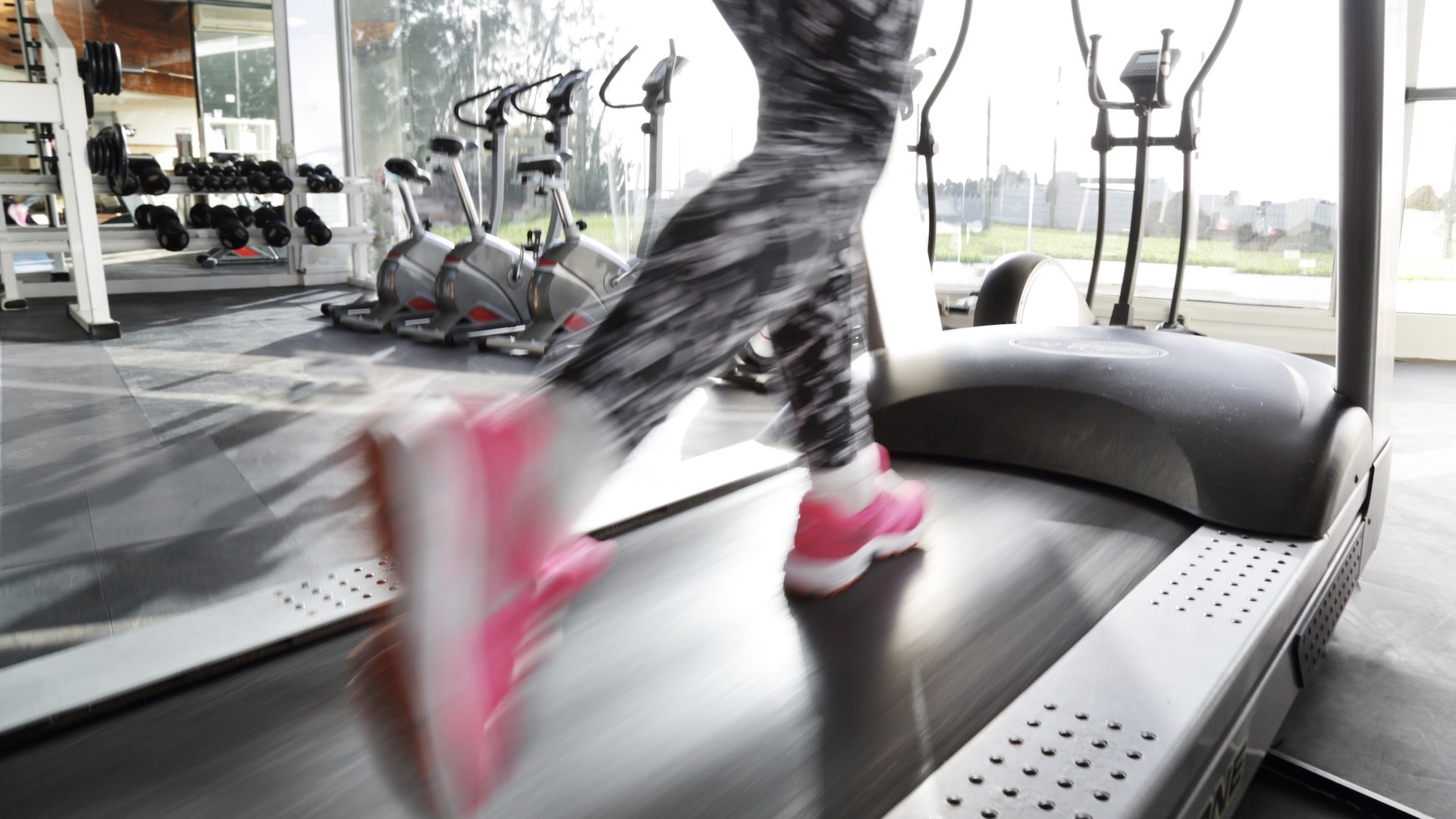
We are all about the outdoors here at adventure, but we recognize there are times when the treadmill is your only (or best) choice. If you’re traveling or the weather is extreme, a treadmill might allow you to easily and safely keep up with your training.
- Pros: Treadmills are pretty convenient since you can use them in any weather although it’s pretty much the only type of running service that you have to pay to use, whether that’s through a gym membership or your electricity bill. You can also control your pace even without owning a GPS watch. Compared to the road, they give you a nice soft landing for your joints as well, and of course there’s no traffic to contend with.
- Cons: The main reason that physical therapists don’t love treadmills is because they don’t exactly mimic your natural biomechanics when you’re running. Because the ground is moving underneath you, you’re not using your hamstrings to pull yourself forward. To get around this, the recommendation is to always use the treadmill on a gentle incline. Also, when you look up the definition of boarding in the dictionary, you’re pretty likely to see a picture of a treadmill, so get a good playlist going.
- Best shoes for treadmill running: We tend to run faster on treadmills than when we’re left to our own devices, so look for a road running shoe built for speed, such as the Saucony Endorphin Speed 3.
Track
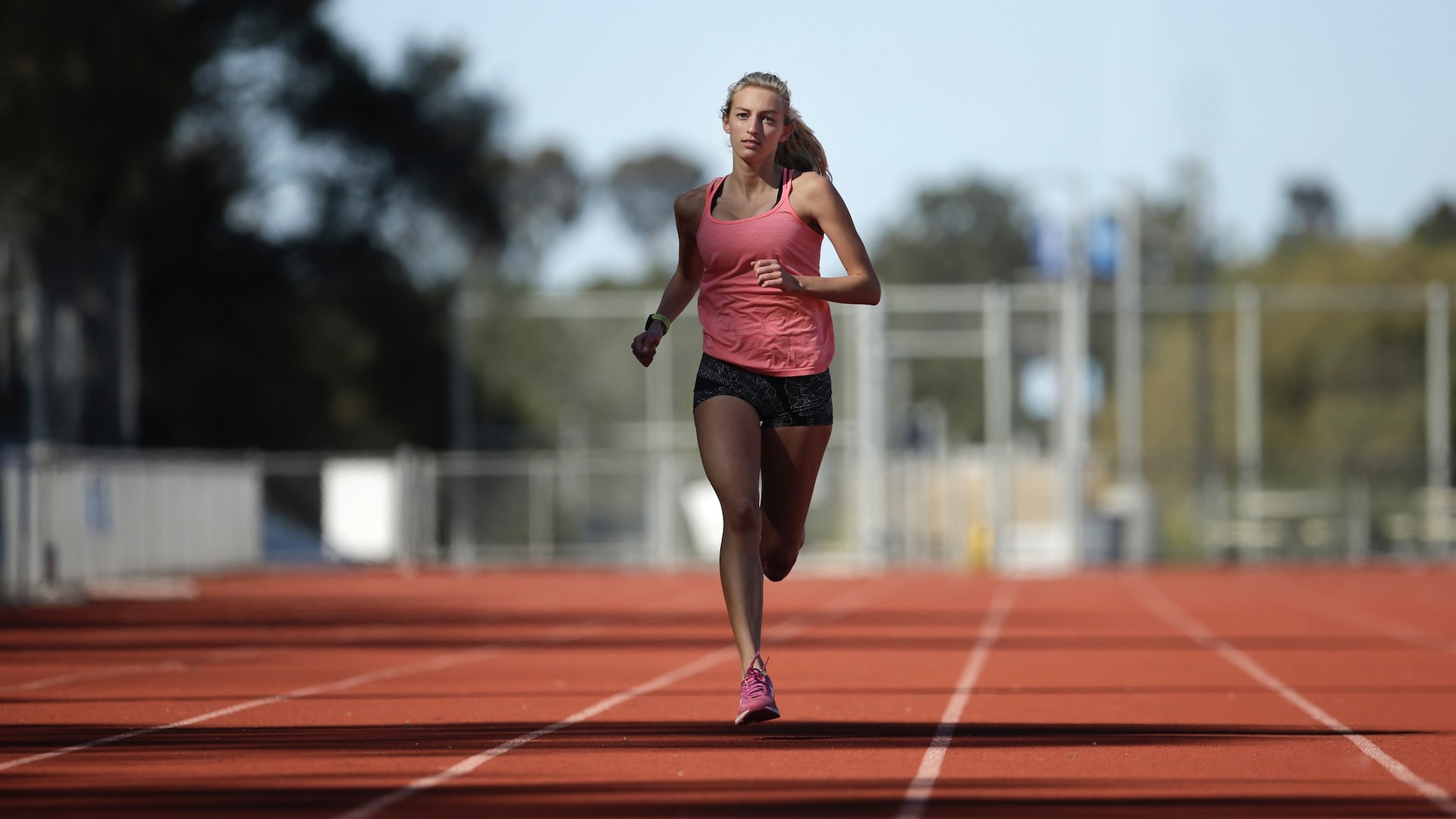
Yes, it feels a bit like you’re back in college, but if there is a track nearby, it certainly might seem like a safer option than running on the roads and they can provide great surfaces for interval training and speed workouts.
- Pros: Tracks are specially designed for running on, so they give you a nice bit of rebound and aren’t too firm underfoot. It’s also really easy to track your progress on a track without tech, since you can use your stopwatch to know exactly how fast you’re moving on each lap. There’s not much to distract you on a track so it can be great to really focus on your running form.
- Cons: Chances are you’re going to have to run in the same direction each time, and that can really imbalance your body on track. You also might die of boredom.
- Best shoes for track running: Beyond the obvious fact that you’ll want road running shoes, it all depends if you’re going for speed, in which case try something like the Saucony Endorphin Pro 3, or for distance (Hoka Solimar).
Grass
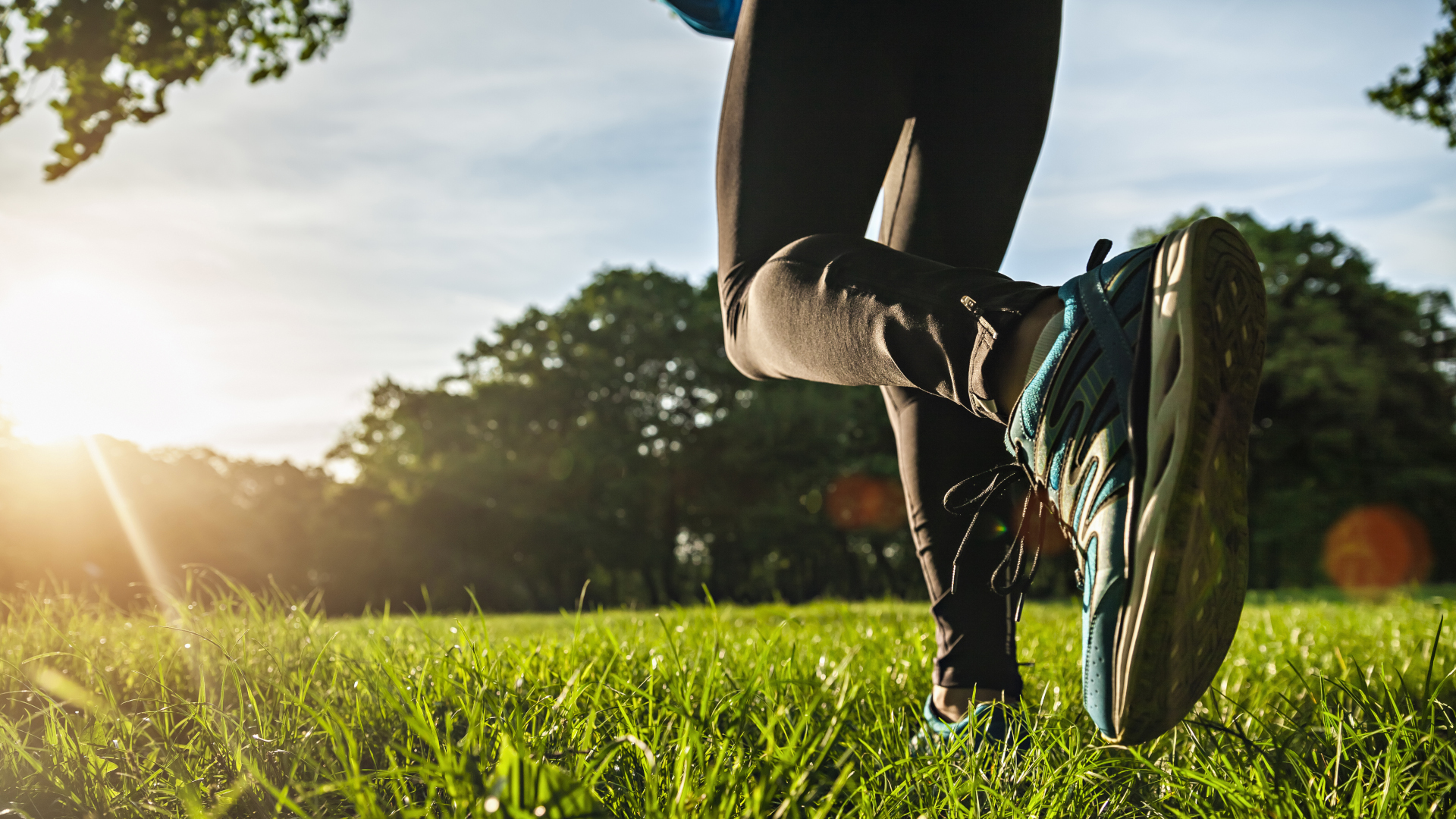
Grassy trails are more common in the UK and running on grass can provide a much softer surface for running on than roads or even hardpack dirt trails.
- Pros: Soft surfaces have less impact on your joints and you’re surrounded by greenery, which is great for mental health. Grass is less responsive, so you actually have to use your muscles more and work harder to propel yourself forward, getting some strength training while you’re at it.
- Cons: If grass gets too long, then it’s difficult to run in. It might be a hotbed for ticks and this is the type of terrain that can get muddy and slippery in wet weather. And as we mentioned, grass is also hard to work to run in.
- Best shoes for running on grass: A traditional trail running shoe should do the trick since you don’t need especially rugged uppers if you’re not tackling rocky terrain. However, this could also be the type of running surface where you might experiment with barefoot or minimalist shoes such as the Xero Shoes Mesa Trail.
Sand
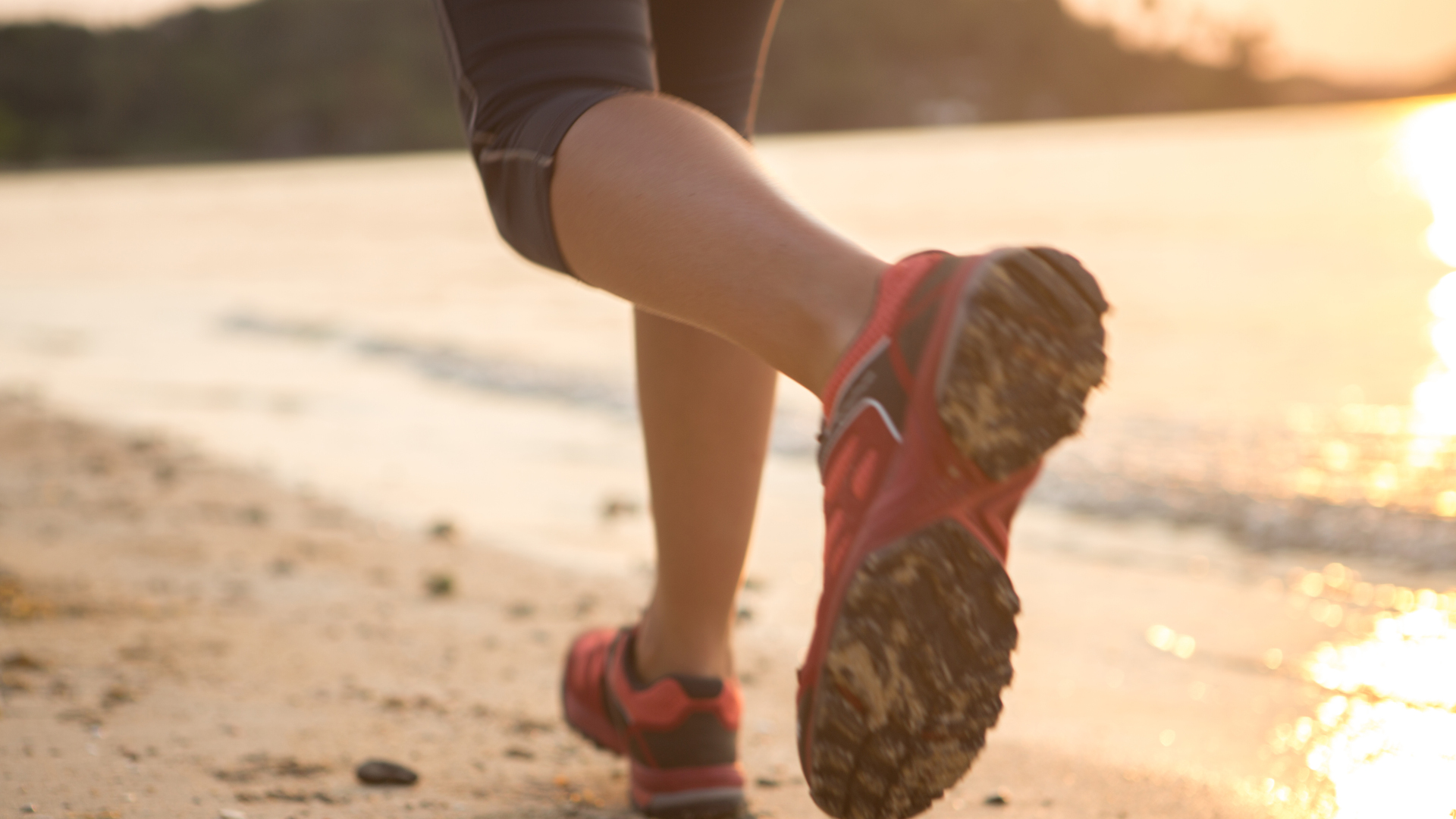
Unless you live near the beach, family vacations are probably the only time you’ve experienced running on sand, and as you probably know, well, it can be an interesting experience. Whether you’re at the beach or on the sand dunes in the desert, there are a lot of perks to running on sand.
Advnture Newsletter
All the latest inspiration, tips and guides to help you plan your next Advnture!
- Pros: Compared to grass, sand is infinitely softer and more difficult to run in. Your foot will sink in with every step giving zero rebound, which means you’ll be using your muscles in a whole new way. This translates into less musculoskeletal damage, according to a 2017 study, and improvements to your VO2 Max, according to a 2013 study. And don’t forget, the ground will be shifting underneath your feet, so those stabilizer muscles will get a great workout, too!
- Cons: Running on sand is really hard work! You shouldn’t expect to go as far or fast as you normally would, and you might be sore in new places afterwards. The surface may be uneven and shifting, which can increase your risk of injury. Remember that running on hardpack sand down by the shore will be easier than in the dunes.
- Best shoes for running on sand: Barefoot running is best, followed by barefoot running shoes such as the Vibram FiveFingers V-Trail 2.0 Trail. If neither of those options floats your boat, use traditional trail running shoes that aren’t too heavy or rugged, like the Hoka Tecton X.
Gravel
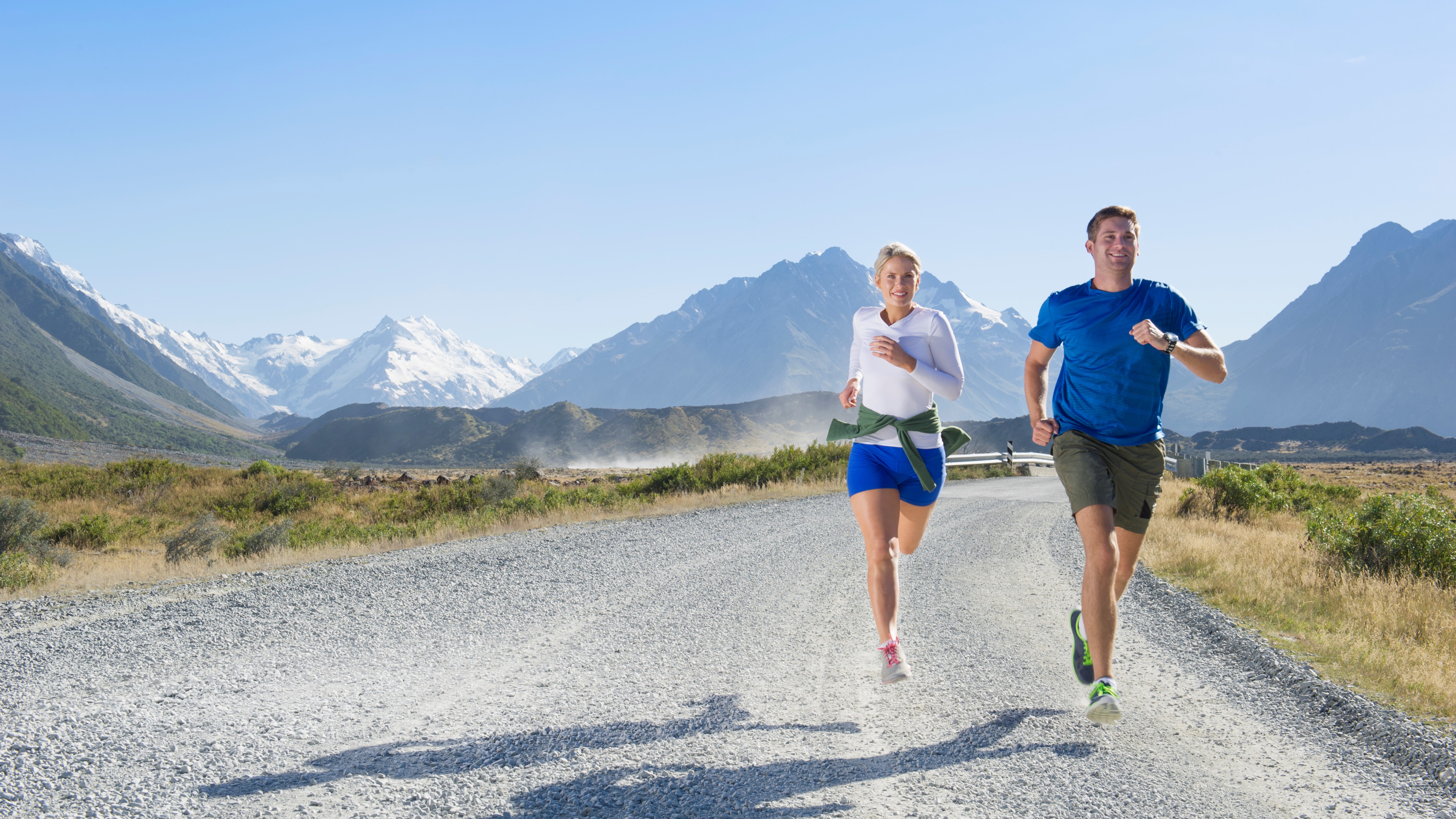
Usually categorized under the umbrella of trail running, gravel can provide a great surface for running on when you don’t want to be slowed down too much but you don’t want the impact of a hard road.
- Pros: Compared to other trail surfaces, you can move reasonably fast on gravel as long as it’s not too loose, because it’s typically a road so you get a wide, even track. It will shift a little under your feet forcing you to use your stabilizer muscles.
- Cons: Gravel shifting underfoot can increase your risk of tripping, slipping and rolling an ankle in steep parts. You might also end up with small stones inside of your shoes, which is super annoying, painful, and can lead to blisters.
- Best shoes for running on gravel: Trail running shoes with a low stack height, a socklike construction to keep the pebbles out and a medium amount of trail feel, meaning some firmness to the midsole. Avoid super deep lugs that can pick up stones. Check out the Merrell MTL Long Sky 2 which also feature gaiter attachments to keep the debris out.
Forest trails
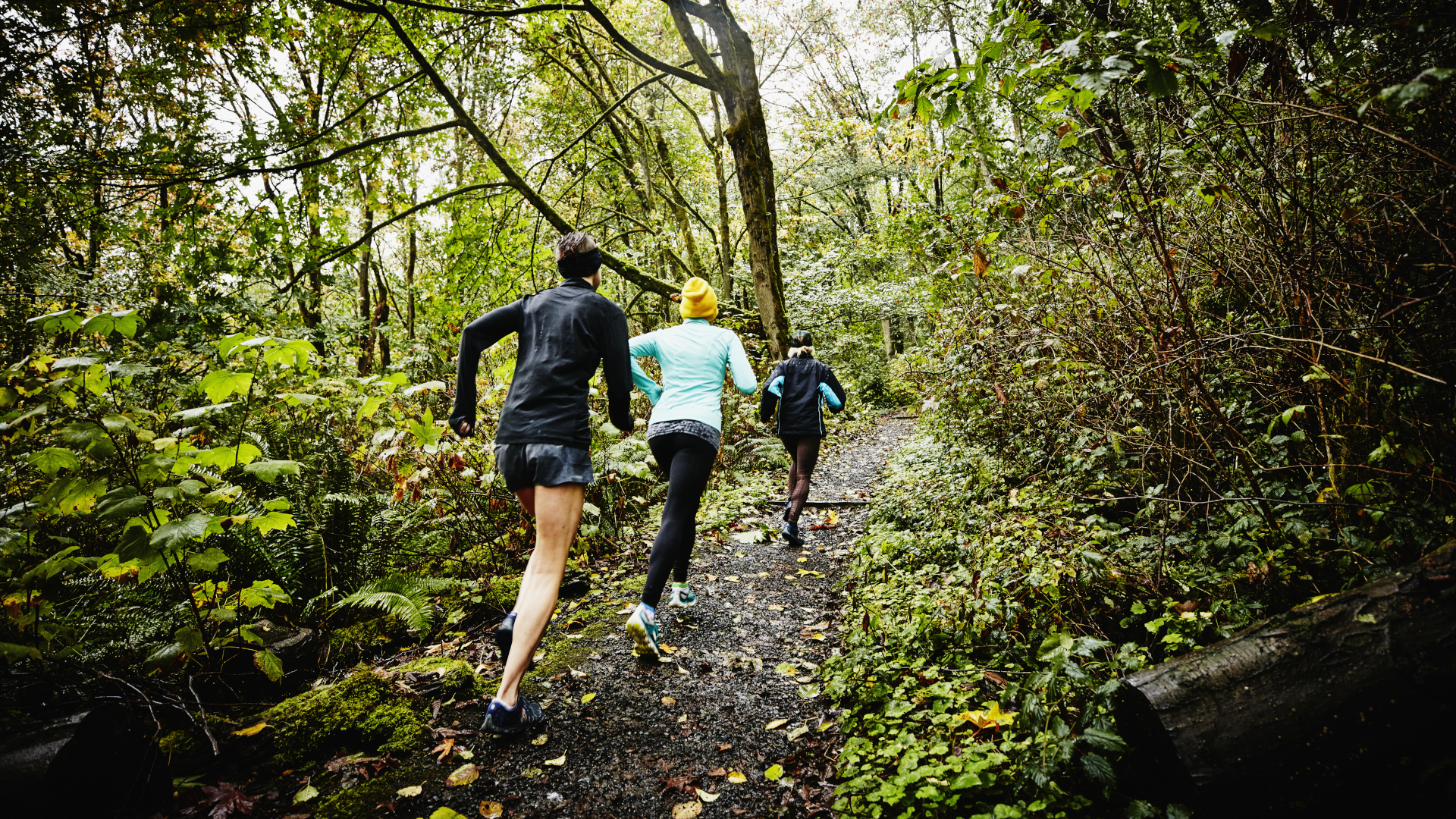
For those of us who love the outdoors, forest trails are some of the most ideal services for running on. Not only is the ground lovely and soft underfoot but you get the healing magic of the trees and lots of welcome shade when it’s hot out.
- Pros: Soft and forgiving on your joints but usually reasonably smooth and level paths mean you can keep up a decent peace and still have to work harder than you do on the roads.
- Cons: The biggest thing to watch out for is tree roots, which can definitely be responsible for some nasty tumbles when you’re moving fast.
- Best shoes for running on forest trails: Once again, a traditional trail running shoe like the Saucony Endorphin Edge will work just fine on these types of trails. Just make sure the toe box is reinforced for those tree roots.
Mountain trails
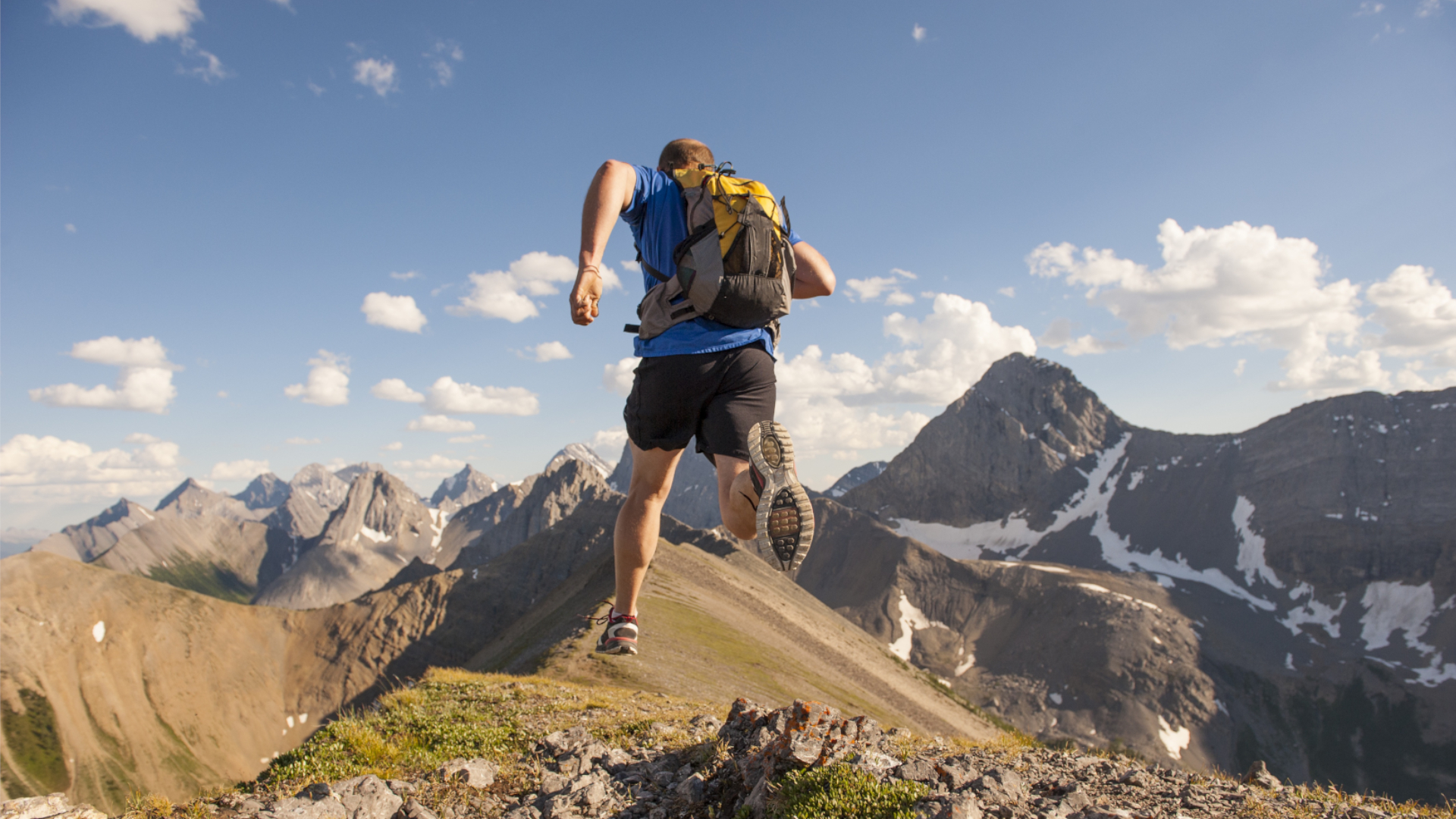
Though mountain trails can be as varied as any trail, here we’re talking about trails that involve rocky terrain, potentially steep climbs and even scree. Otherwise known as mountain running, be prepared to change up your technique substantially when you get up high.
- Pros: These types of trails definitely deliver the most stupendous views, and running on them will help you achieve your athletic peak, testing your limits of endurance, strength and mental stamina.
- Cons: Overall, this type of trail is arguably the most dangerous when it comes to opportunities to fall, stub your toes, sprain an ankle and you may well need to hike the steep sections. Furthermore, this type of terrain can get slick when it’s raining, so it’s better saved for bluebird days, while you’ve also got the risks of running at high altitude to contend with.
- Best shoes for running on mountain trails: If it’s truly technical mountain terrain, then you’re going to want a technical trail running shoe. Look for a carbon plate, deep lugs, not too high of a stack and really good foot protection from the uppers such as you’ll find in the La Sportiva Bushido II.
Julia Clarke is a staff writer for Advnture.com and the author of the book Restorative Yoga for Beginners. She loves to explore mountains on foot, bike, skis and belay and then recover on the the yoga mat. Julia graduated with a degree in journalism in 2004 and spent eight years working as a radio presenter in Kansas City, Vermont, Boston and New York City before discovering the joys of the Rocky Mountains. She then detoured west to Colorado and enjoyed 11 years teaching yoga in Vail before returning to her hometown of Glasgow, Scotland in 2020 to focus on family and writing.

